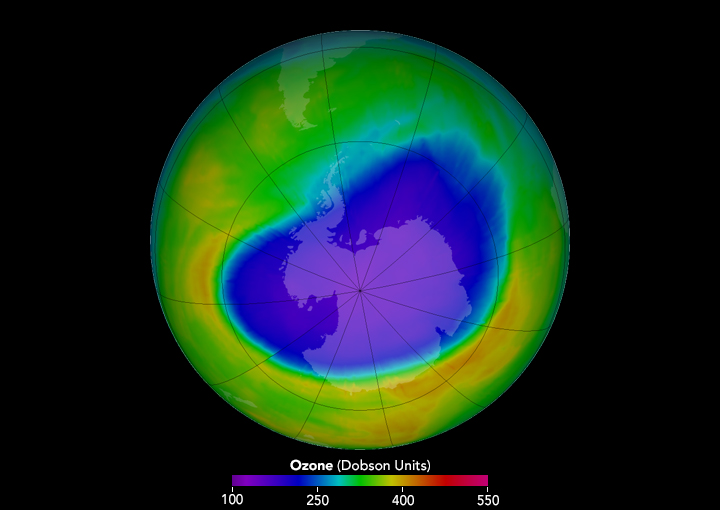CFC having full form as Chloro-Fluoro Carbon is one of the various hydrocarbon compounds containing carbon, hydrogen, chlorine, and fluorine. These are fully or partly halogenated paraffin hydrocarbons. CFCs have the general formula CClmF4-m and C2ClmF6-m where m is non-zero.
Index
History
The synthesis of CFCs was pioneered by the Belgian scientist Frederic Swarts, in the 1890s. Swarts was the same person who described the process of Swarts reaction for the first time. (The process of generating alkyl fluorides)
An effective exchange agent was developed to replace chloride in carbon tetrachloride with fluoride to synthesize CFC-11(CCl3F) and CFC-12(CCl2F2).
The process of synthesizing CFC was improved by Thomas Midgley Jr. in the late 1920s which led to the use of CFC as a refrigerant to replace ammonia, chloromethane, and sulfur dioxide.
The use of CFC was heavily regulated, since the late 1970s, due to their destructive effects on the ozone layer. James Lovelock was the first to detect the widespread presence of CFCs in the air. He had measured CFC-11 in both the Arctic and the Antarctic, finding out that the gas was present in each of the 50 air samples that he had collected. He had concluded that CFCs are not hazardous to the environment. The damage caused by the CFCs was discovered in 1974, by Sherry Rowland and Mario Molina.

Properties of CFC
- CFCs are non-flammable.
- They are tasteless and odourless.
- These compounds are chemically stable.
- They have low volatility.
- Their boiling points are closer to 0° Centigrade.
- They have a higher density than their corresponding alkanes.
Production of CFC
CFC and HFC are usually produced by halogen exchange with chlorinated methanes and ethanes,
HCCl3 + 2HF → HCF2CL + 2HCl
Free-radical reactions of hydrochlorofluorocarbons generate brominated derivatives,
CF3CH2Cl + Br2 → CF3CHBrCl + HBr
The photo-induced scission of a C-Cl bond is the most important reaction of CFCs:
CCl3F → CCl2F. + Cl.
This chlorine atom (Cl.) has a rather different behaviour than a chlorine molecule. The radical has a long life in the upper atmosphere, where it catalyzes the conversion of ozone into O2. As ozone absorbs UV-B radiation, its depletion allows more of the high-energy radiation to reach Earth’s surface.
Advantages and Disadvantages
| Advantages | Disadvantages |
|---|---|
| CFCs are excellent refrigerants due to low boiling points and volatility. | They are toxic to terrestrial and aquatic plant life. |
| They are very good propellants. | They play a major role in the depletion of ozone layer. |
| They are highly userful in firefighting. | Skin cancers and cataracts are an indirect cause of using CFC. |
Applications
Some of the applications of chlorofluorocarbons are:
- Refrigerants
- Blowing agents
- Aerosol propellants
- De-greasing solvents
- Air conditioning
- Insulation and packing materials
Hazards
CFC, HCFC have harmful effects on the Earth’s protective ozone layer, allowing harmful UV rays to fall on the Earth’s surface. These man-made compounds destroy ozone in the stratosphere. This leads to increased incidence of skin cancer and cataracts, damage to terrestrial and aquatic plant life, and increase in smog. The compounds also trap heat in the lower atmosphere, thus causing the earth to warm and climate and weather to change. This in turn leads to global warming.
FAQs
The full form of CFC is chlorofluorocarbon, it is used in refrigerants, aerosol propellants, air conditioning, etc.
CFCs have the general formula CClmF4-m and C2ClmF6-m where m is non-zero.
The examples of CFC having full form as Chloro-Fluoro Carbon are trichlorofluoromethane(CCl3F), dichlorodifluoromethane(CCl2F2), and 1,2-dichloro-1,1,2,2-tetrafluoroethane(ClF2C-CClF2).
